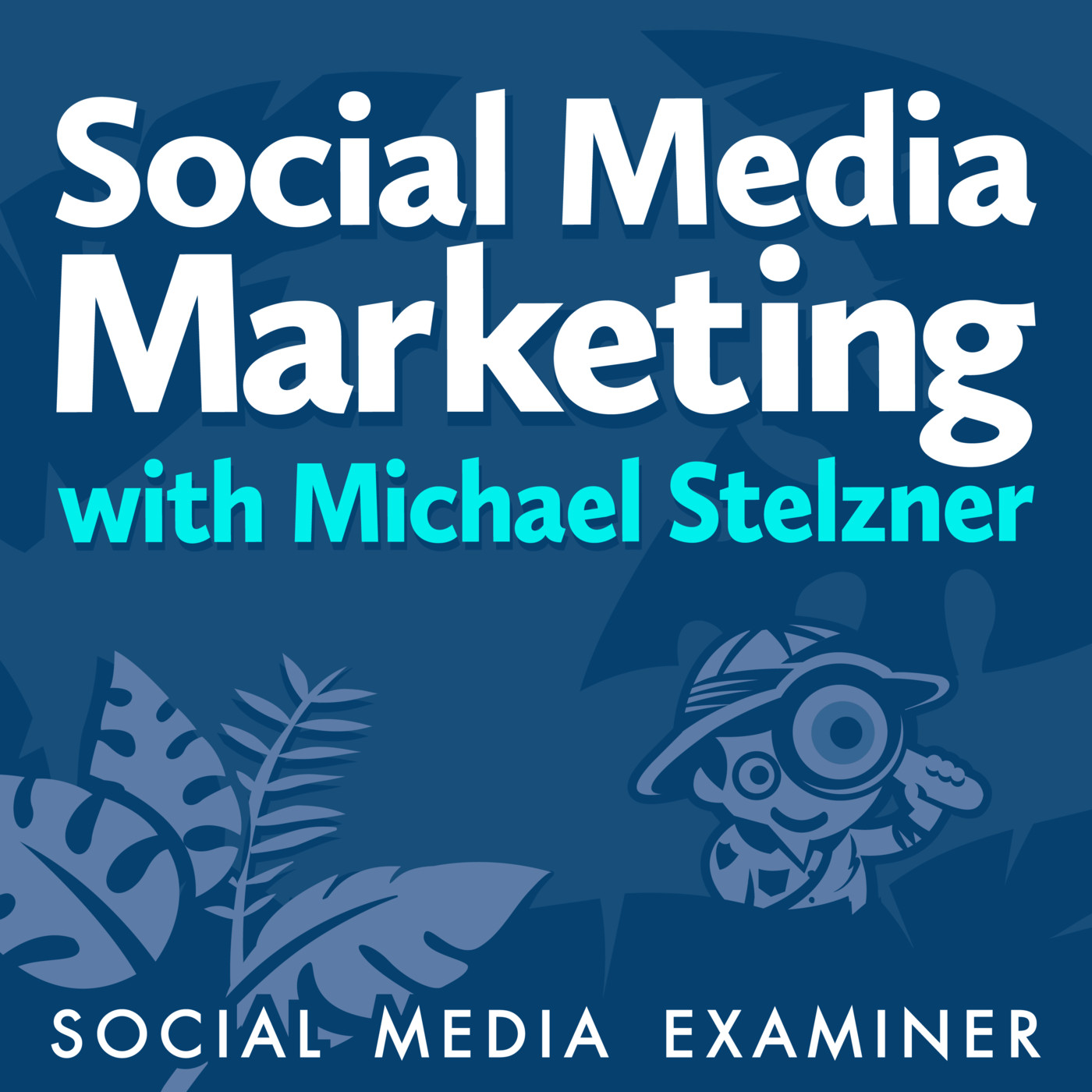
Anticipation Marketing: Crushing Your Next Launch Without Being Salesy

Social Media Marketing Podcast
Deep Dive
Why is anticipation marketing important for businesses?
Anticipation marketing creates excitement and buy-in before an offer is presented, leading to increased sales and better-fit clients. It leverages the human desire for what we can't have and the pleasure of anticipation, which triggers dopamine and builds natural urgency without pushy tactics.
How does anticipation marketing work in practice?
It mimics the movie marketing strategy, starting promotions up to 120 days before the launch. This involves creating excitement through trailers (open loops) that leave audiences curious, positioning the product in their minds, and building a sense of FOMO (fear of missing out).
What are the key benefits of anticipation marketing?
It naturally increases sales, creates a sense of urgency, and attracts better-fit clients. It also caters to slow decision-makers, who need more time to warm up to an offer, ensuring no potential buyers are left behind.
Where should businesses start with anticipation marketing?
Start with market research, specifically voice of customer calls, to understand customer pain points, desires, and objections. This helps create a buyer belief statement that aligns with the audience's needs and expectations.
What is a buyer belief statement and why is it important?
A buyer belief statement outlines the core belief a customer must have before buying a product. For example, a marketer must believe that AI tools will help them stay ahead and increase productivity. This belief is sold during the anticipation period, making the actual offer more compelling.
What are the steps in the anticipation marketing process?
The process is divided into weeks: Week 1 focuses on storytelling (why you do what you do), Week 2 on pain points (customer struggles), Week 3 on myths (common misconceptions), Week 4 on objections (concerns that stop action), and Week 5 on transformation (future pacing the desired outcome).
How does storytelling fit into anticipation marketing?
Storytelling in Week 1 humanizes the brand, builds emotional connection, and explains why you do what you do. It should resonate with the audience's beliefs and struggles, making them feel understood and seen.
Why is addressing pain points important in anticipation marketing?
Addressing pain points in Week 2 helps customers feel understood and reminds them of the cost of inaction. It builds affinity and encourages them to move forward, though it doesn't solve the problem immediately.
What is the purpose of Myth Week in anticipation marketing?
Myth Week (Week 3) tackles common misconceptions and limiting beliefs about the product or industry. By reframing these beliefs, you make the audience more receptive to your offer and help them see the value in taking action.
How does addressing objections help in anticipation marketing?
Addressing objections in Week 4 is crucial because unresolved doubts can stop the buying process. By directly addressing concerns and providing reassurance, you build trust and reduce hesitation, making the audience more likely to buy.
What is the goal of Transformation Week in anticipation marketing?
Transformation Week (Week 5) sets the stage for the desired outcome by future pacing—showing customers what their life will look like after they take action. It helps them visualize the transformation and builds excitement for the upcoming offer.
How long should the anticipation marketing process typically last?
The anticipation marketing process usually spans four to six weeks before the actual offer is presented. This allows enough time to build excitement, address concerns, and create a sense of urgency.
- Anticipation marketing naturally creates demand and urgency without pushy tactics.
- It increases sales by pre-selling the product/service without aggressive sales tactics.
- It attracts a better-fit audience and caters to both fast and slow decision-makers.
Shownotes Transcript
Are you tired of feeling like you're constantly chasing customers? Wondering how to get people lining up to buy from you instead? To discover a multi-step strategy to naturally create demand and create a sense of urgency without relying on pushy tactics, I interview Brenna McGowan.
Guest:** **Brenna McGowan) | Show Notes: socialmediaexaminer.com/645)
Review our show) on Apple Podcasts.
See Privacy Policy at https://art19.com/privacy) and California Privacy Notice at https://art19.com/privacy#do-not-sell-my-info).